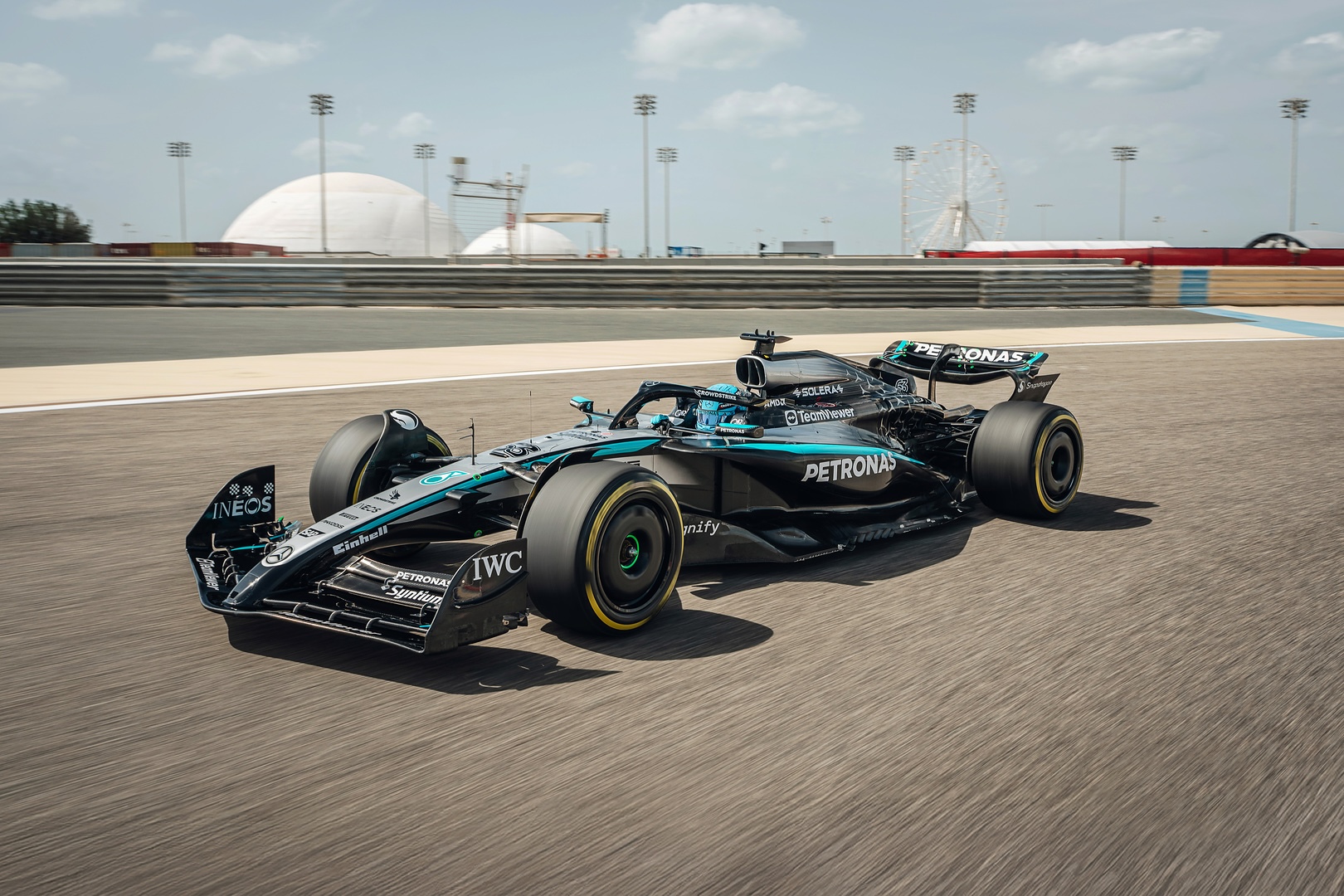This season marks a historic milestone for Formula 1 as innovative sustainable carbon fibre composites are set to be used on the W16. This breakthrough in materials technology is the result of a close and strategic partnership between the Mercedes-AMG PETRONAS F1 Team and INEOS Nitriles, with crucial collaboration from Toray, Syensqo, and Sigmatex.
The use of sustainable materials in motorsport presents a unique opportunity to scale these innovations beyond racing and into other industries, such as aviation and aerospace. As we continue to push the boundaries of performance, this pioneering initiative underscores our commitment to driving sustainable carbon solutions at the highest levels of motorsport.
Toto Wolff, Team Principal and CEO of the Mercedes-AMG PETRONAS F1 Team, shared his vision for the future: “When you combine performance and innovation, you create progress. I am proud to lead a team of problem solvers who are committed to driving sustainable change.”
The road towards sustainable carbon fibre composites has been a journey of rigorous testing and innovation. Our first steps in this direction will see sustainable carbon materials incorporated into the race cars starting in the 2025 Formula 1 season. This transition will take place without sacrificing the on-track performance and safety standards that are synonymous with Formula 1.
In Formula 1, carbon fibre composites are critical to achieving the extreme performance levels required, forming around 75% of our car’s materials. By improving these materials, we aim to reduce the carbon footprint of the car while striving towards a Net Zero goal by 2040. These advanced materials are made up of two key components: carbon fibres and resin systems. The fibres account for about 60% of the material, while the resin makes up the remaining 40%. The process of impregnating these fibres with resin and curing them results in a lightweight yet exceptionally strong material that meets the rigorous demands of Formula 1 racing.
In collaboration with the FIA, we are working to prove that sustainable carbon fibre composites can meet the same exacting standards as traditional materials. Testing these materials involves extensive lab trials followed by on-track verification to ensure their performance aligns with expectations.
The introduction of sustainable carbon fibre composites is not possible without the ongoing support of our supply chain. Each component of the composite requires the involvement of four to eight suppliers to ensure the final product meets the highest standards. Our team is currently working on two separate projects—one focused on enhancing the resin system and another aimed at developing more sustainable carbon fibres.
READ MORE: Pierre Gasly Becomes First F1 Driver Global Fragrance Ambassador for Givenchy
Formula 1 is known as the world’s fastest test lab, and these sustainable materials represent the latest step in our transition towards a greener, more sustainable sport. Beyond motorsport, these innovations have the potential to shape the future of industries like aviation, aerospace, and even performance fabrics.
Toto Wolff concluded: “When you combine performance and innovation, you create progress. I am proud to lead a team of problem solvers who are committed to driving sustainable change. I would like to thank our partners for supporting our drive for material innovation, and to the FIA for enabling us to test these materials. Collectively, we are moving the dial on sustainable carbon products and demonstrating that Formula 1 continues to be the fastest laboratory in the world.”
Alice Ashpitel, Head of Sustainability at the Mercedes-AMG PETRONAS F1 Team, added: “We are proud to be at the forefront of sustainable innovation within our sport. Leadership must be driven by innovation, and our team’s efforts in this space are the latest demonstration of our ambition to become one of the world’s most sustainable global sports teams. We look forward to exploring the application of sustainable materials this season. This commitment to sustainable carbon and material innovation is just the beginning. We are excited about the possibilities that lie ahead, not only for Formula 1 but also for the industries that can benefit from the technologies we are developing today.”









